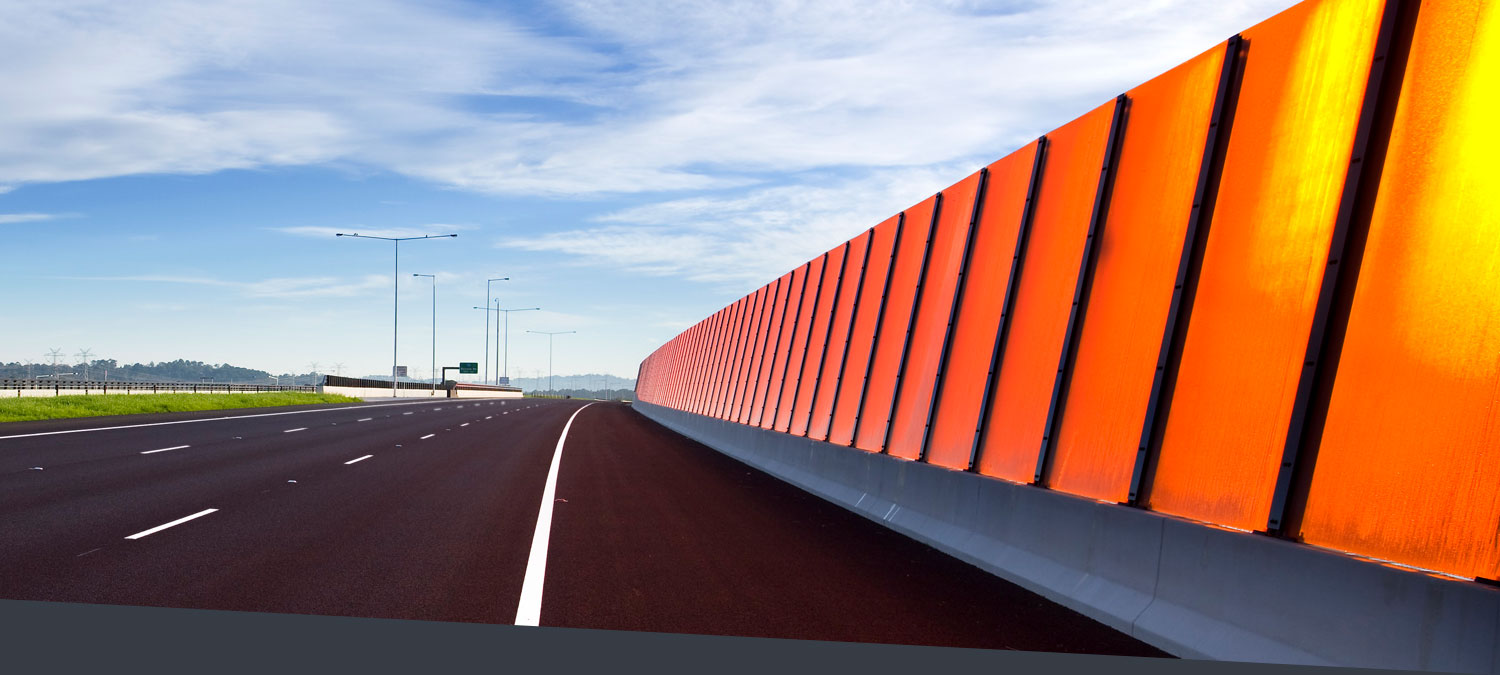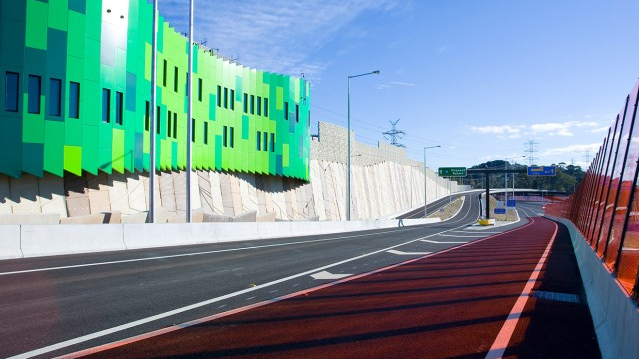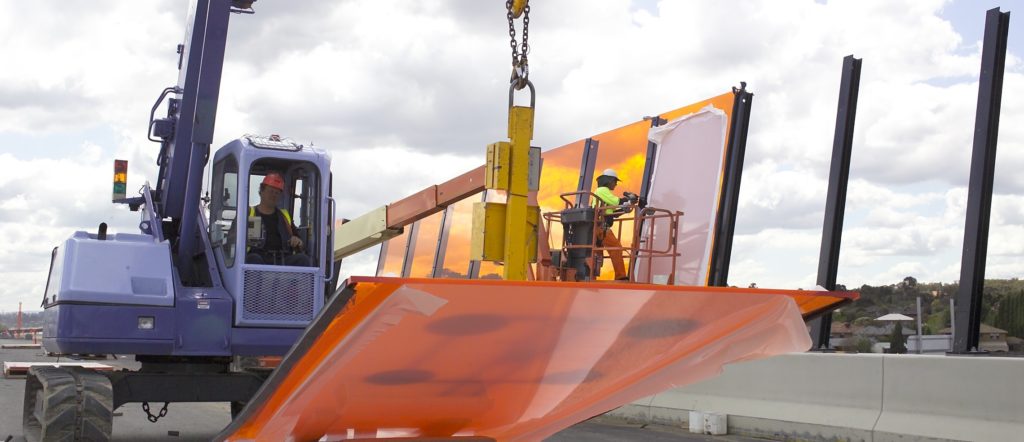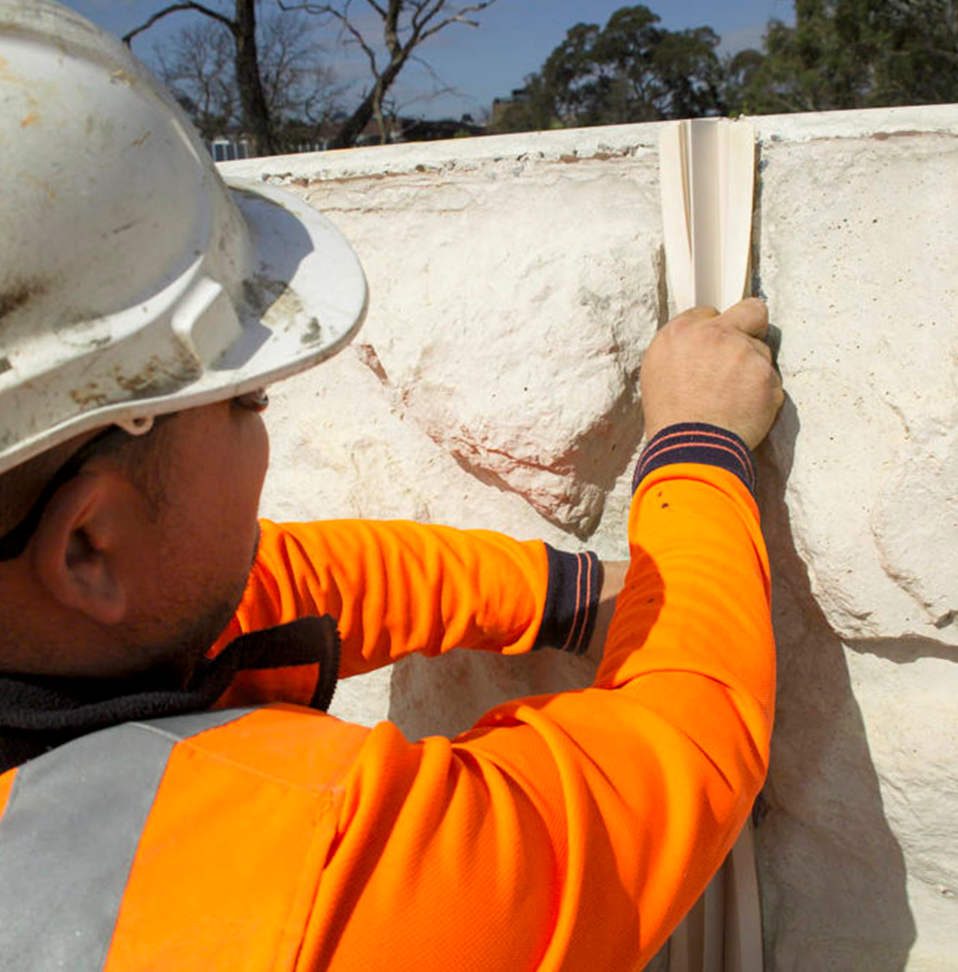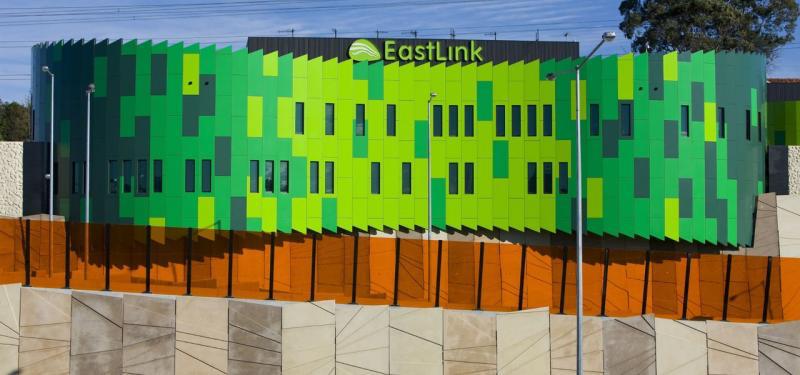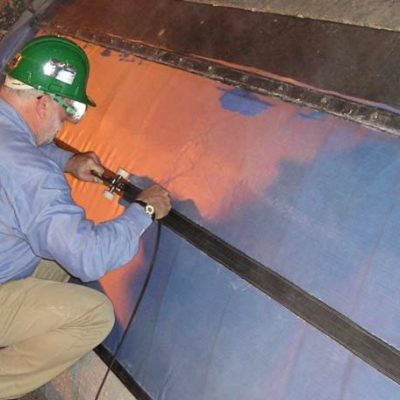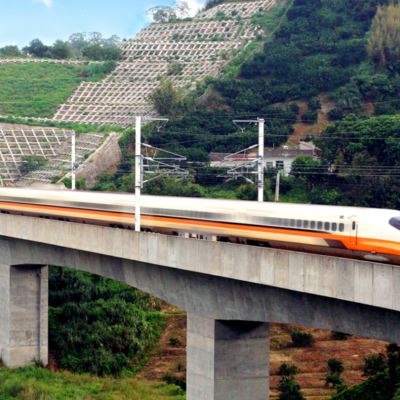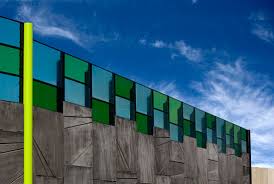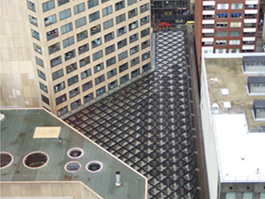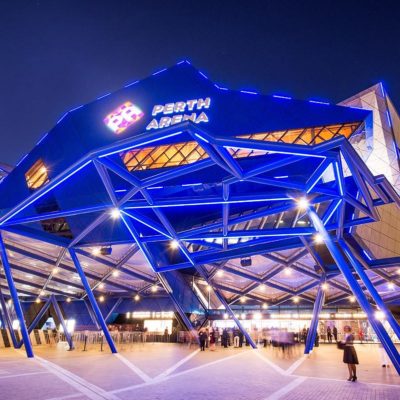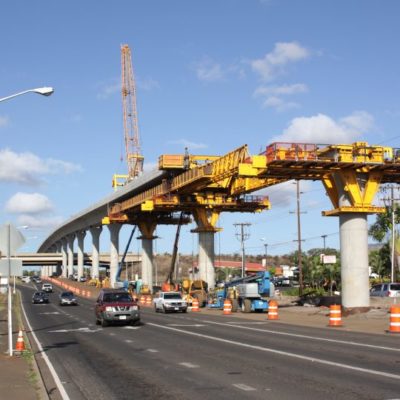Connecting a large area in Melbourne’s Eastern and South-Eastern Suburbs, East Link is a tolled 40km road network that was opened on the 29th of June 2008. Boss Polymer was awarded the tender to supply Thiess John Holland with 50,000 lineal metres of Ozone and UV resistant EPDM rubber gaskets. Following the acceptance of this initial tender, Thiess John Holland consulted Boss’ technical troubleshooting team to assist with another issue they were facing. Thiess required a solution to replace the messy and time-consuming traditional caulking methods used to insulate cantilevered concrete sound barrier panels lining roadways.
These methods required skilled personnel working in suitable weather conditions to build up layers of caulking compound to fill wide and uneven gaps in a vertical plane. This antiquated method produces a lot of rubbish on site. The Boss engineers designed the SpineSeal®, a 30 year weather resistant seal that could be installed efficiently and effectively in any weather conditions. Made from high-grade silicone, the Boss SpineSeal® was installed up to two times faster than traditional caulking methods and was fitted in most weather conditions.
Make an Enquiry